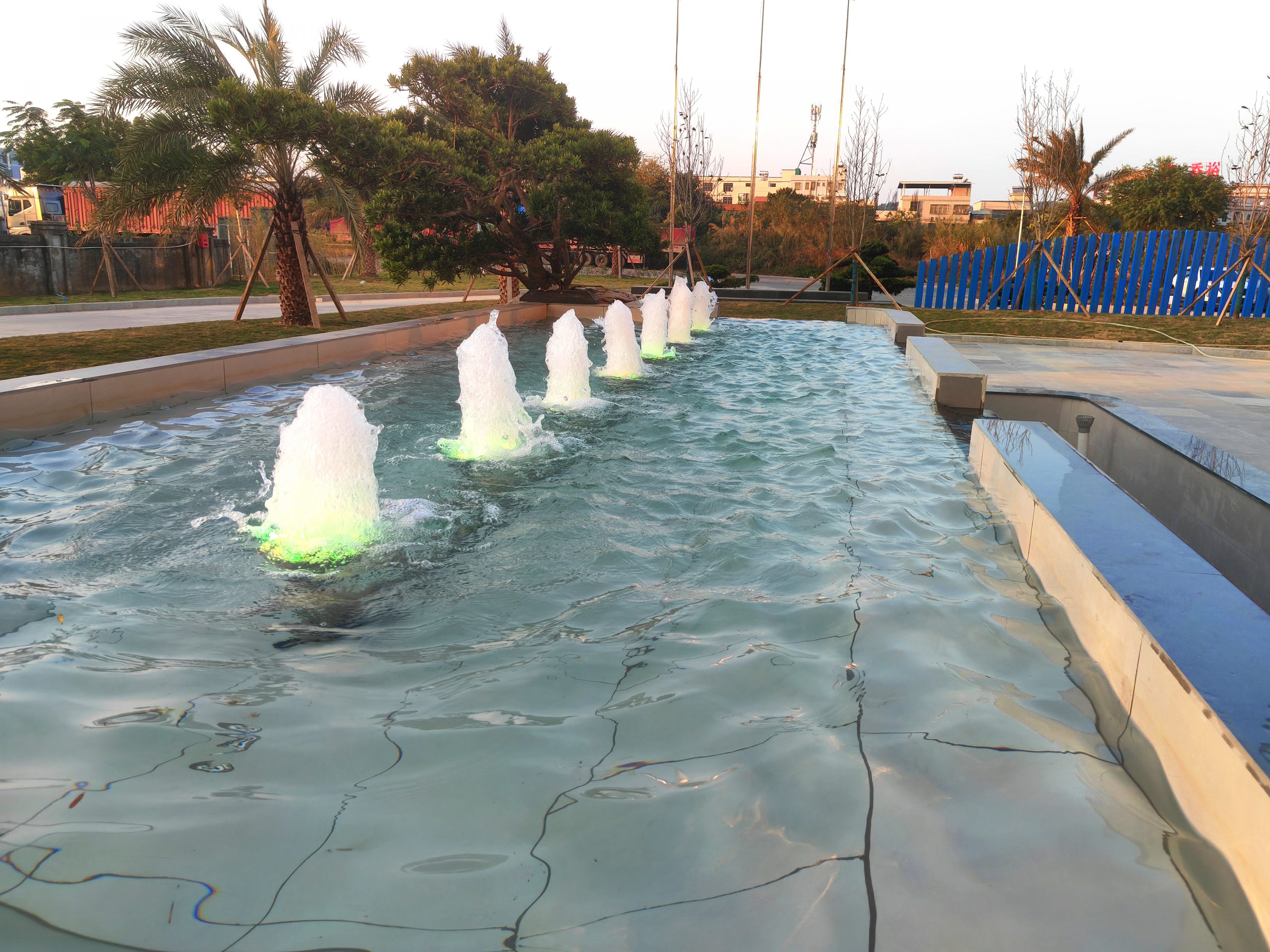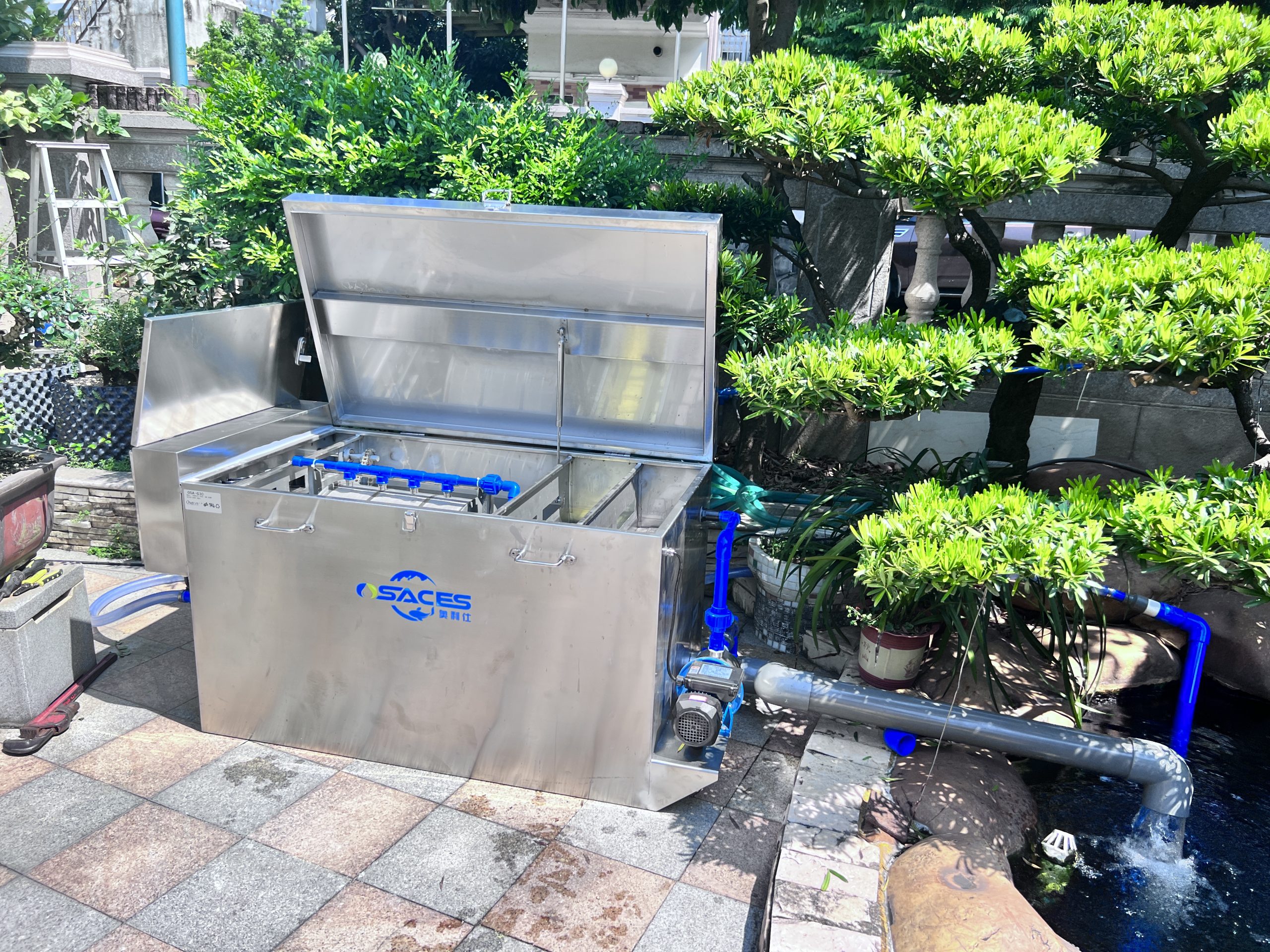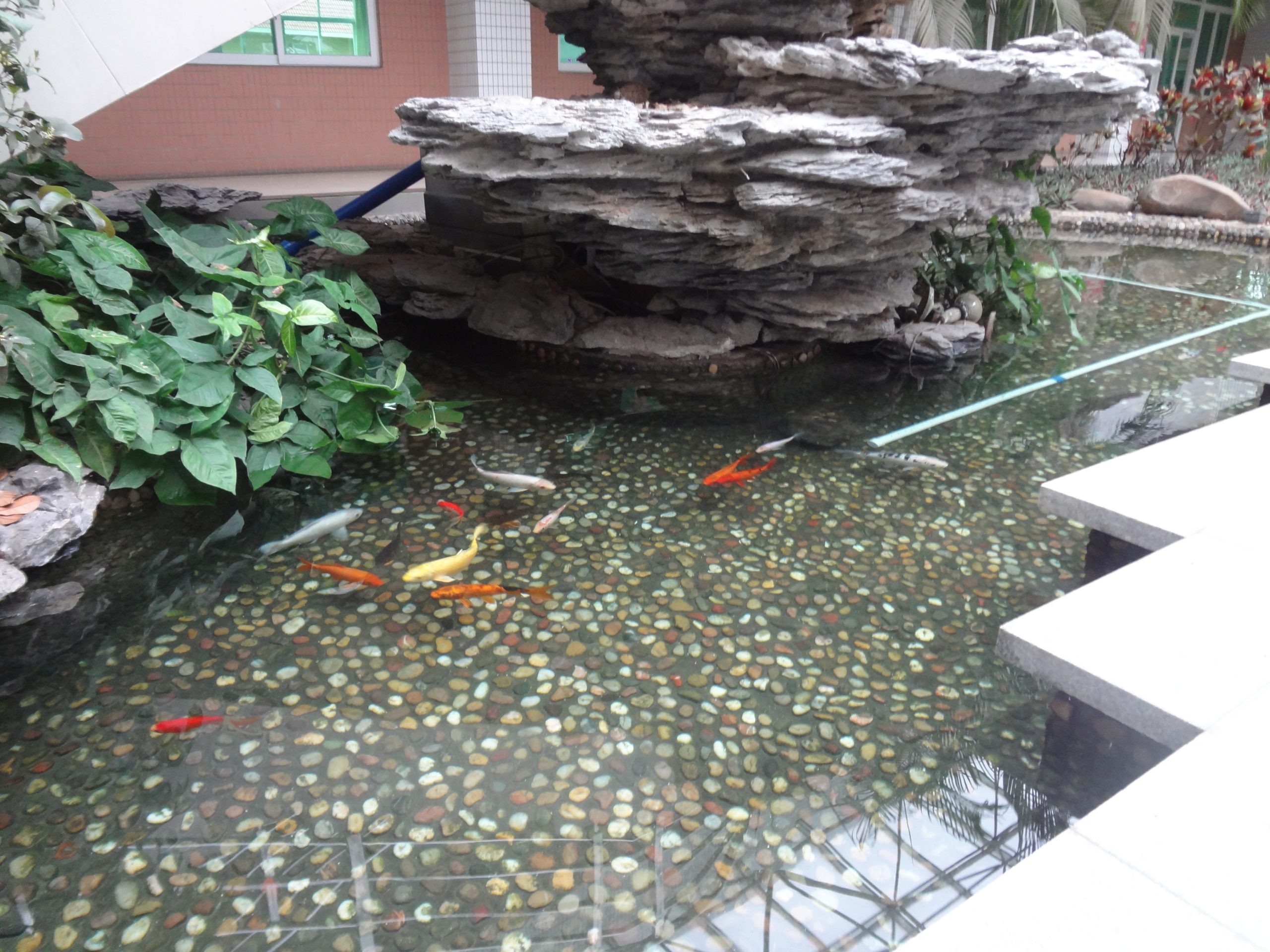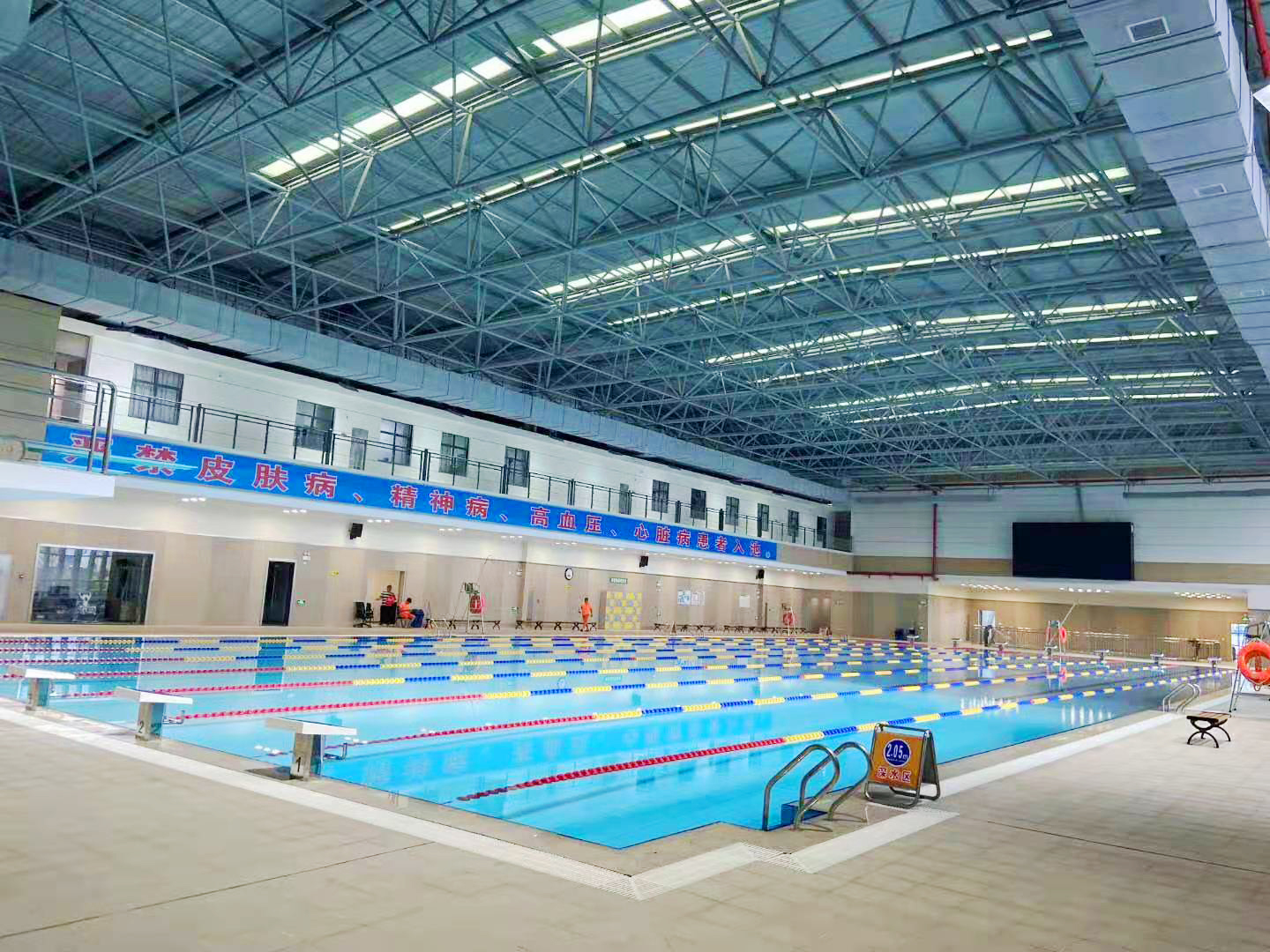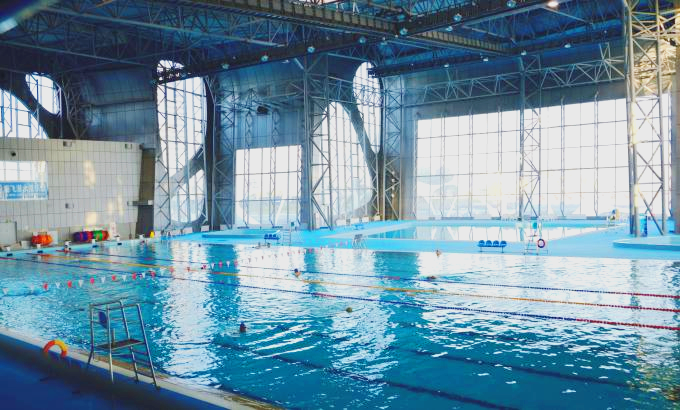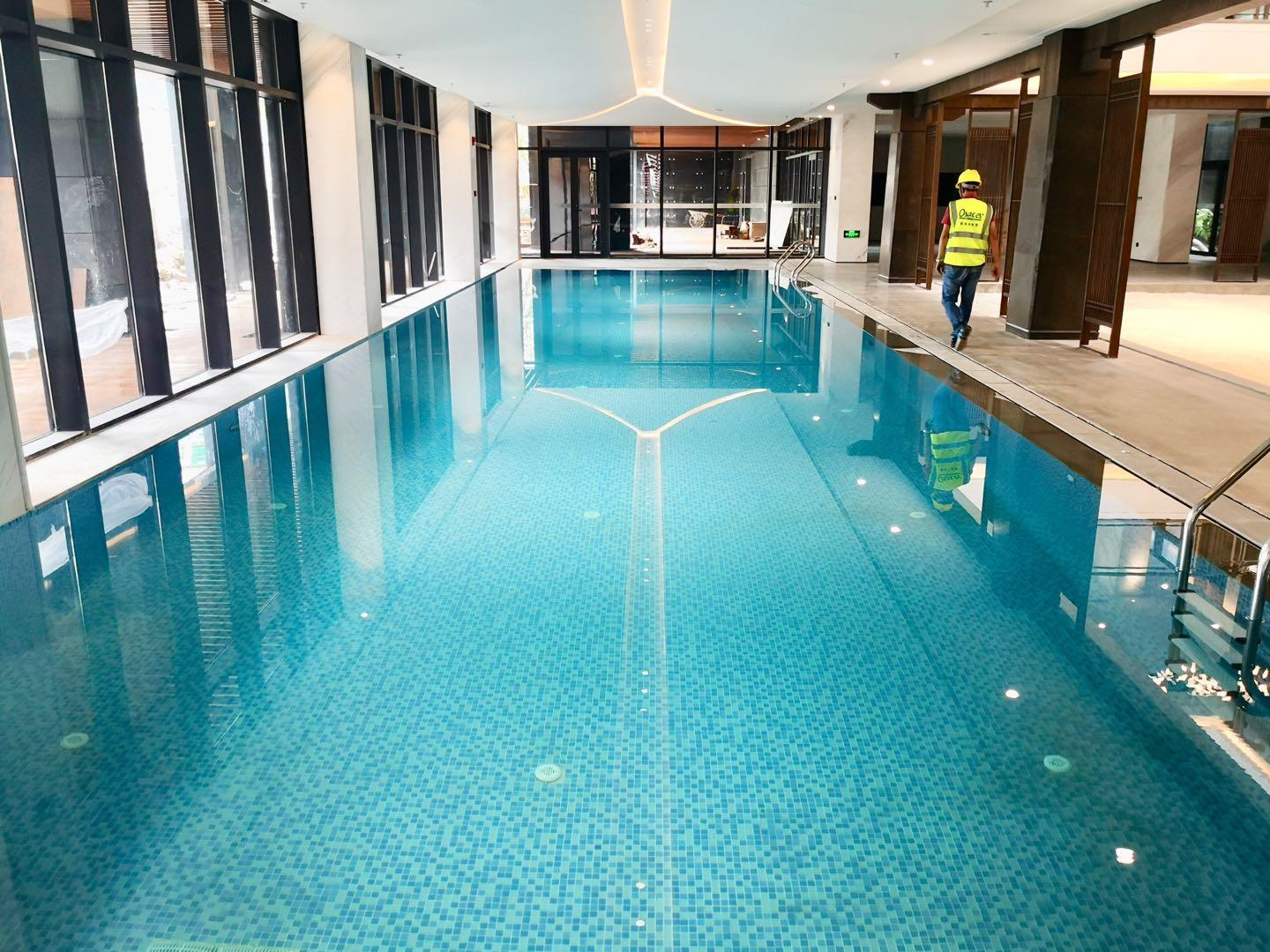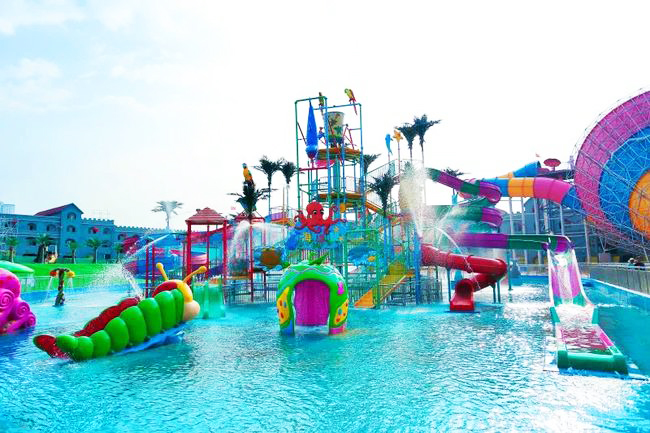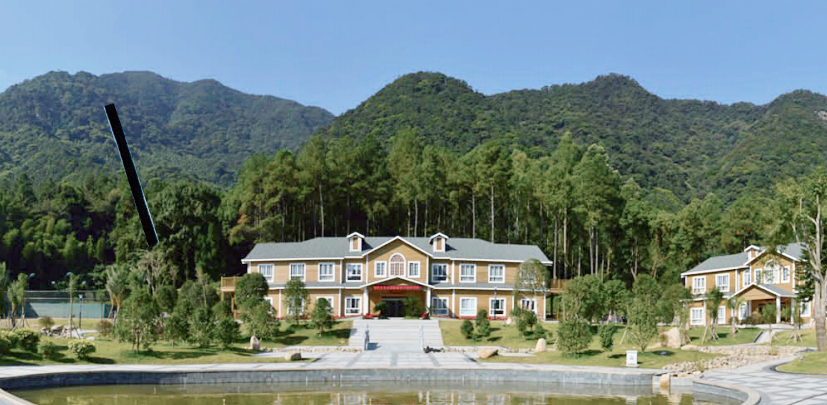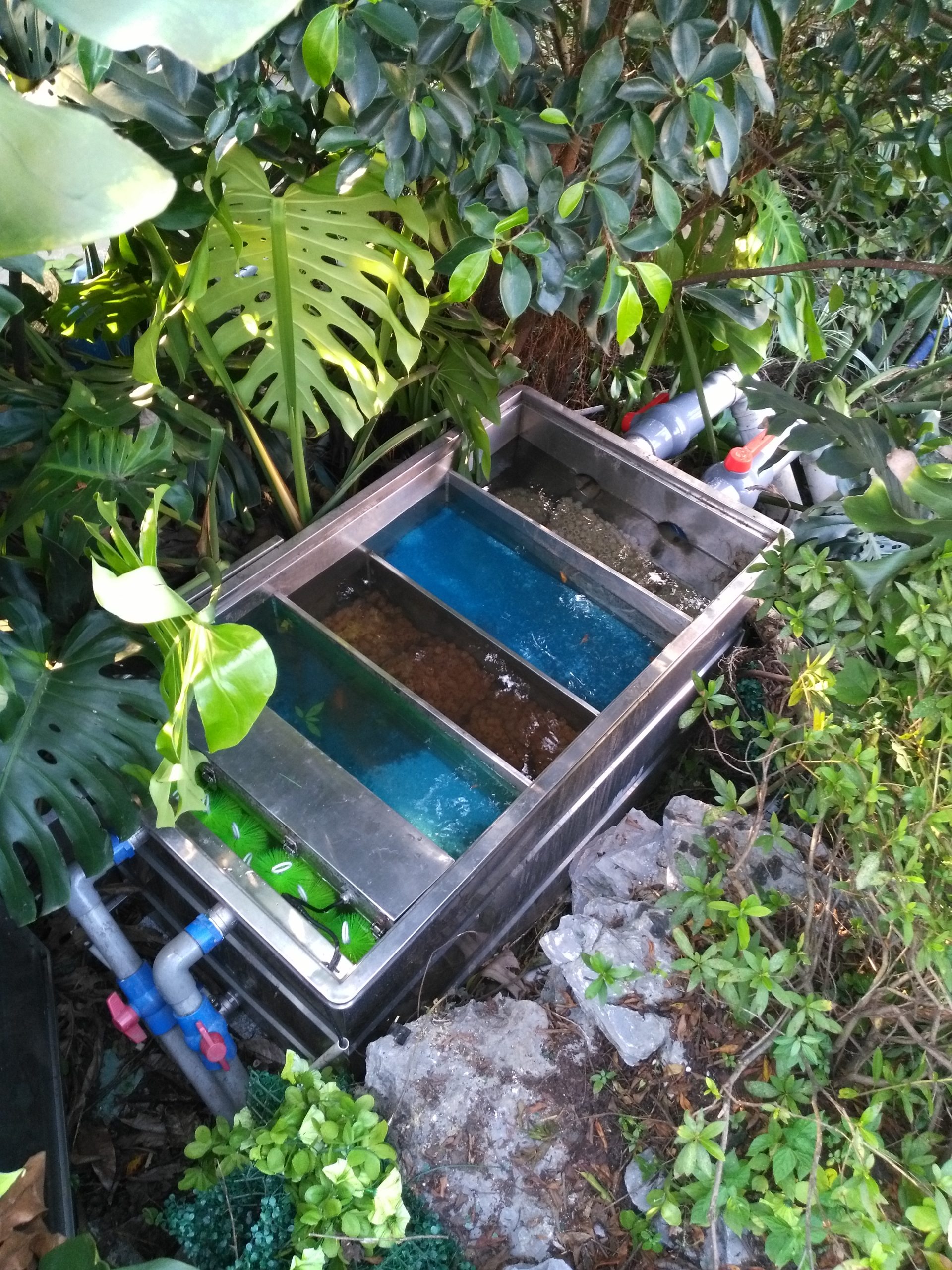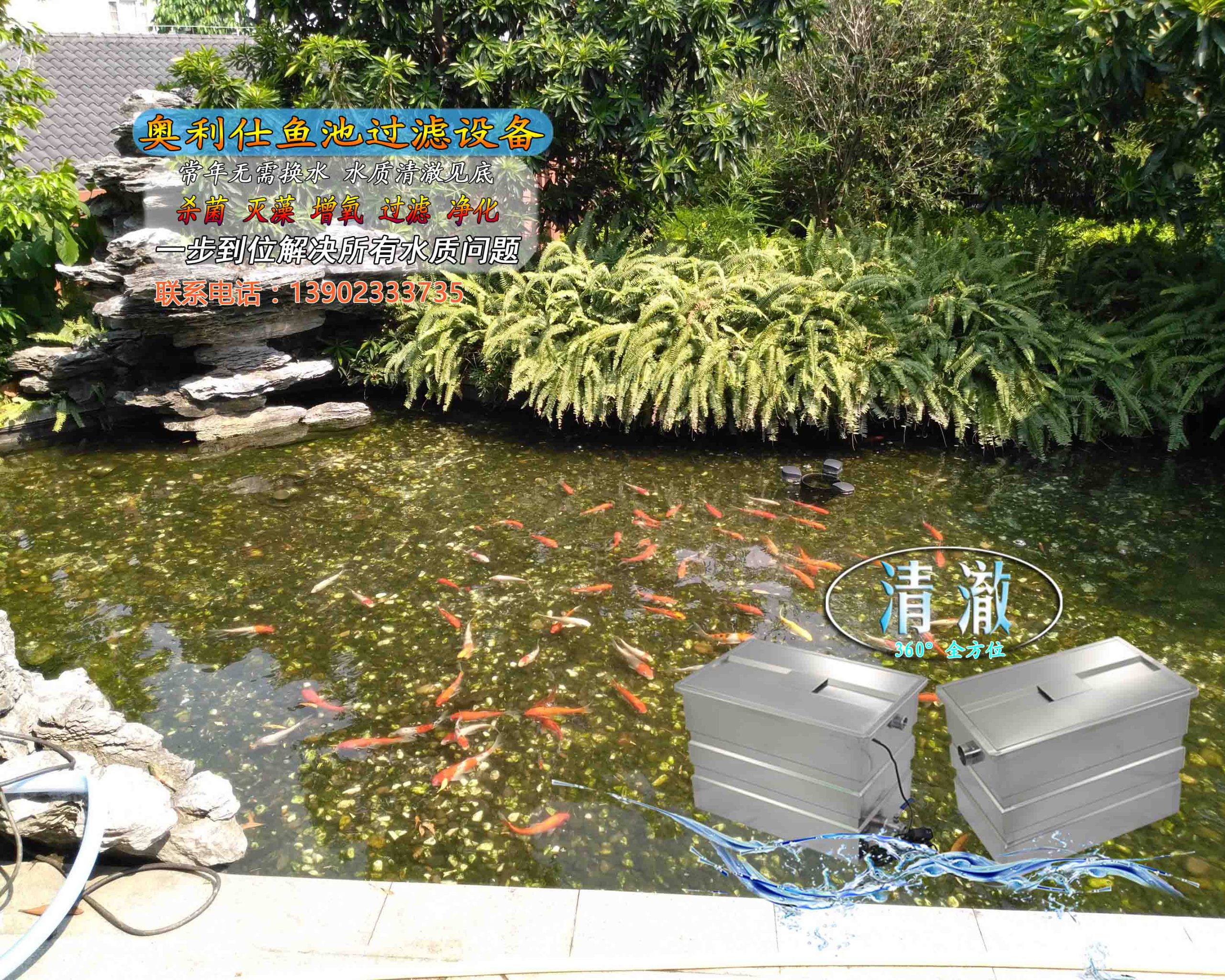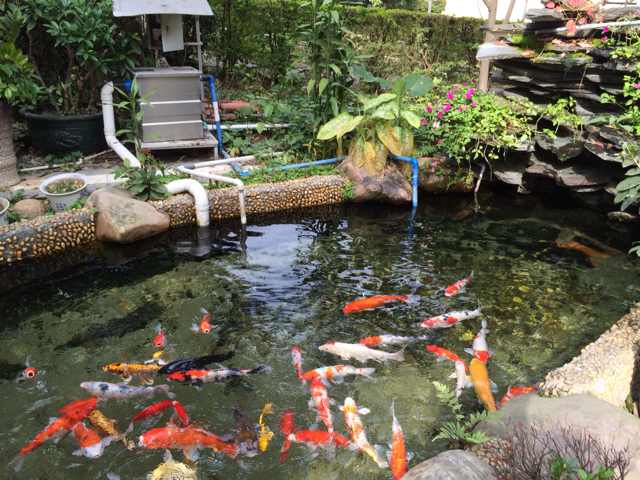If you want to keep good koi, you have to keep good water first. The amount of dissolved oxygen in the water is one of the most important indicators of good or bad water quality, and it directly affects the healthy growth of koi.
Koi absorb oxygen in the water through their gills to maintain their respiration and metabolism. Once the dissolved oxygen in the water body is insufficient, it is very easy to affect the normal physiological activities of the fish, and in serious cases, it may even threaten their lives. At the same time, harmful substances will also increase dramatically in water with low dissolved oxygen, triggering koi diseases.
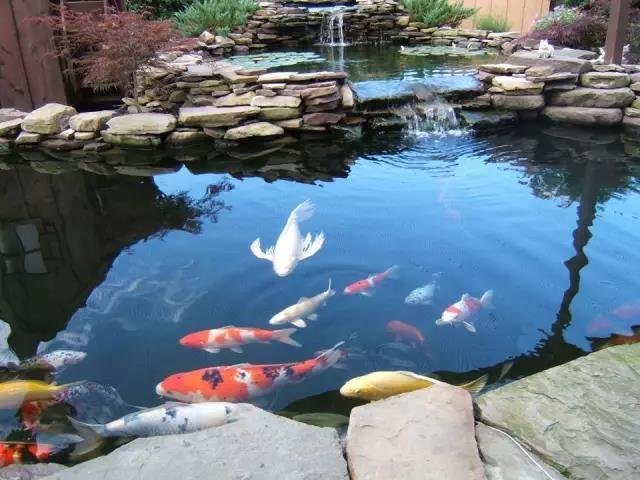
Generally, midnight or dawn is the time when the dissolved oxygen in the water is at its lowest, and when the dissolved oxygen is below 5mg/L, the fish will experience shortness of breath and floating head.
Some data show that the amount of carbon dioxide in water is more than 70 times higher than in air, while the amount of oxygen in air is 20-30 times higher than in water. Only through gas exchange can the oxygen in the air be brought into the water while releasing carbon dioxide. So what can be done to increase the amount of dissolved oxygen in the water?
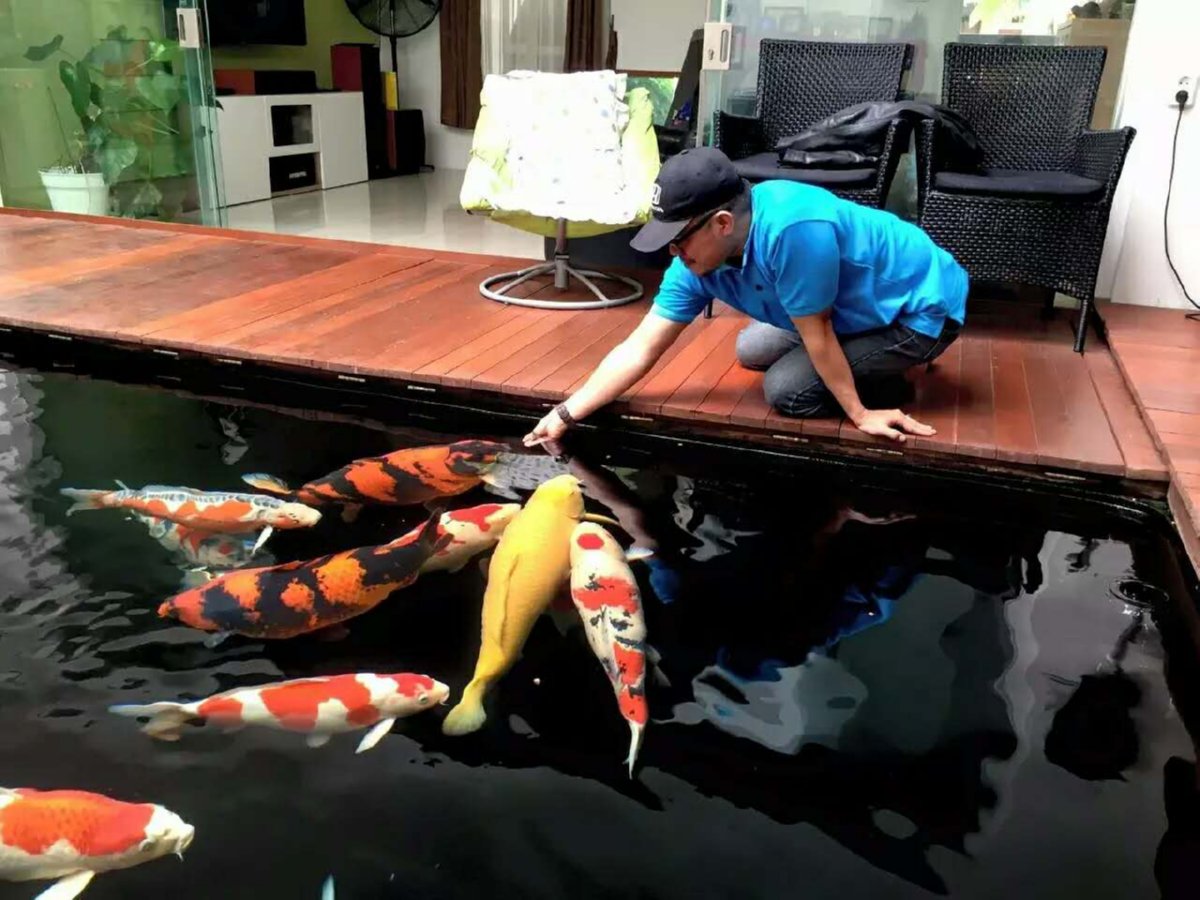
(1) Non-closed filtration systems
Side filtration, bottom filtration, top filtration, etc. can be exposed to the air, through the cycle of oxygen into the fish pool, which is to increase the process of dissolved oxygen, if the pool feeding density is too large, you can add more air pumps for oxygenation.
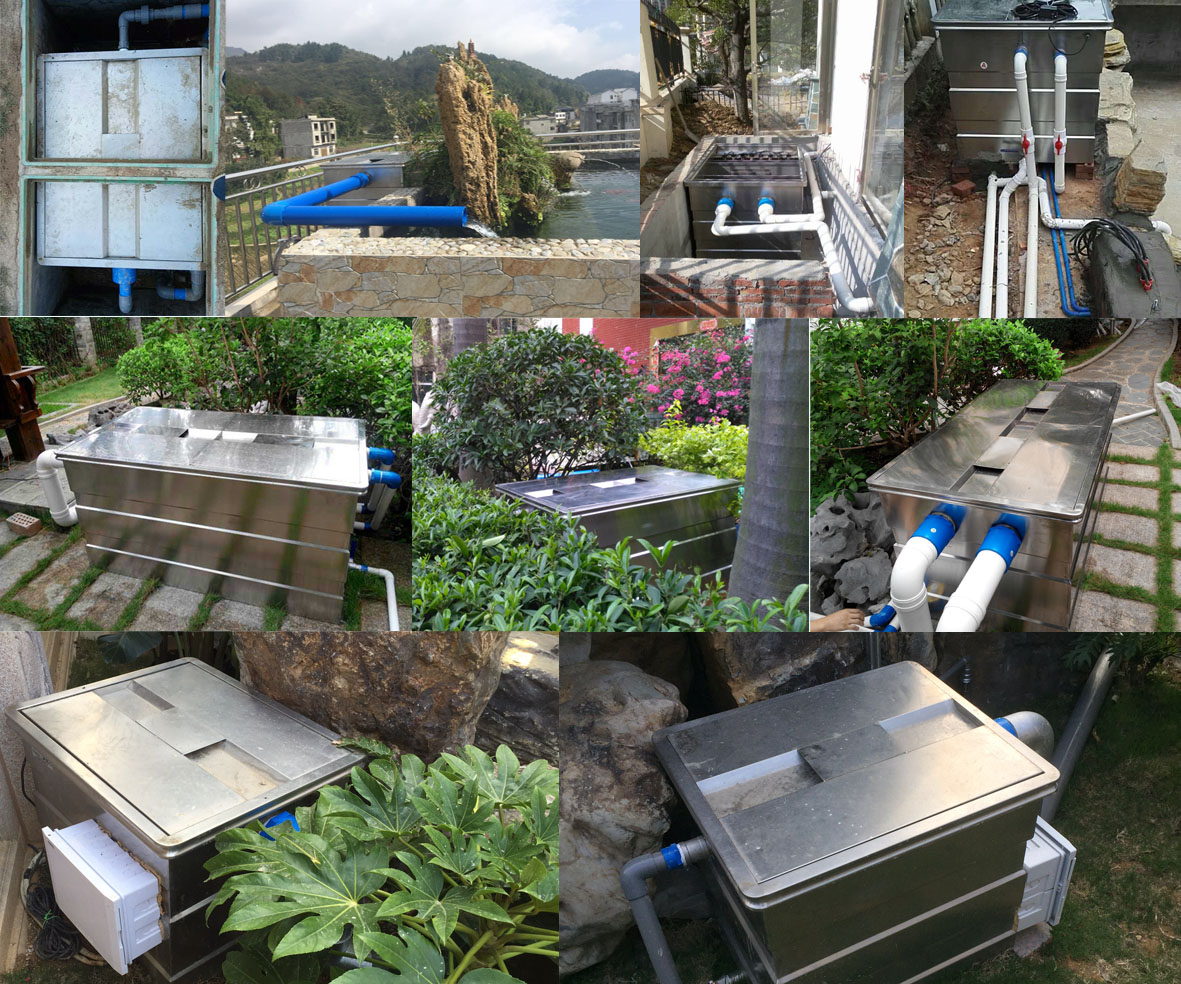
(2) Closed filtration system
With a filtration system such as a bucket, the water in the bucket must have limited contact with the air, and the filtration is also closed, so the only way to raise dissolved oxygen is by adding an air pump.
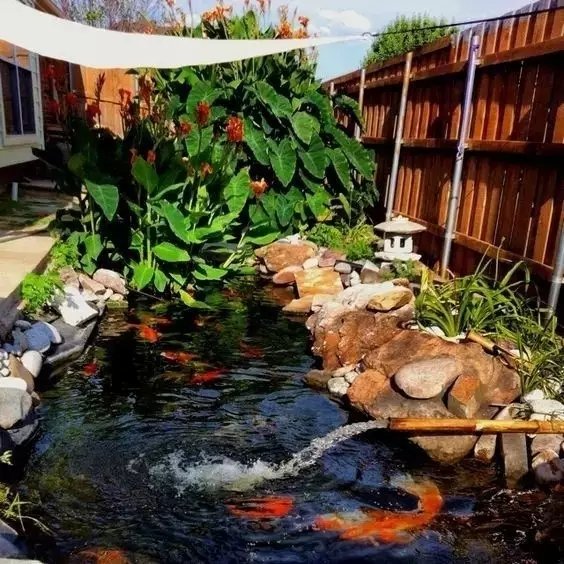
(3) Water changes may not necessarily increase the amount of dissolved oxygen
You must trap the water before changing it. In the process of water trapping, not only the chlorine gas is volatilized, but also part of the oxygen in the water. And the water in the fish pond under normal circumstances, the dissolved oxygen must be higher than the dissolved oxygen of the water that has just been trapped. Therefore, changing the water does not necessarily solve the problem of the lack of dissolved oxygen, oxygenation is the key.
(4) Relationship between dissolved oxygen and the environment
In the event of a power failure, the first thing to do is to stop feeding in order to reduce oxygen consumption. If it is winter, take the lowest temperature the koi can tolerate as a bottom line and there is no need to rush to use other means for rapid warming; on the contrary, if it is summer and the power goes out, use some method to bring the water temperature down, so it is a good idea to have a small oxygen pump at home.
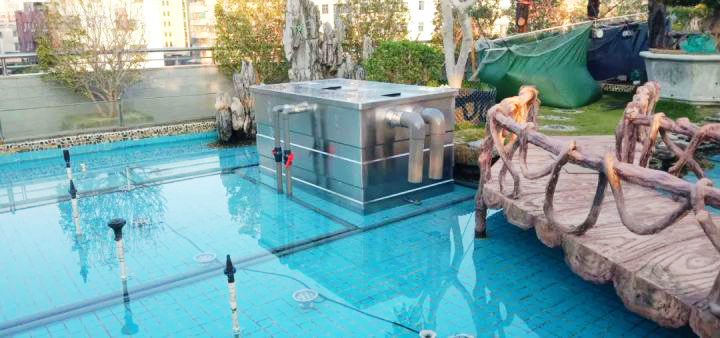
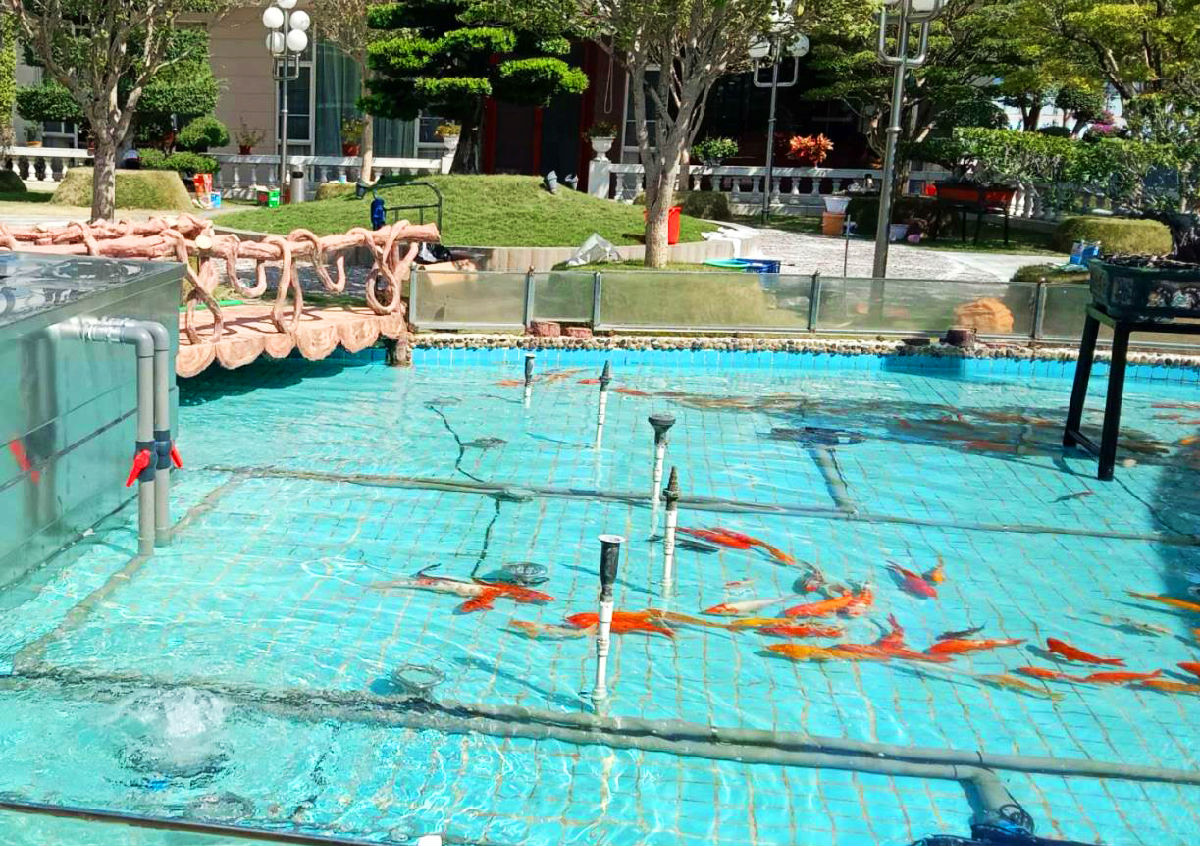
(5) Relationship between filter material and dissolved oxygen level
Increase the porous filter media, conducive to the cultivation of nitrifying bacteria, because the increase in the area of water can increase the amount of dissolved oxygen in the water.
(6) Regular operation to reduce the consumption of dissolved oxygen in fish ponds
Feeding at regular intervals, less food and more meals, in order to reduce the production of carbon dioxide and harmful substances; timely treatment of food residues and feces at the bottom of the pool, regular water changes, can directly reduce the ammonia, nitrite and other harmful substances, and thus reduce the consumption of dissolved oxygen.
 Ollies (Guangzhou) Recreation and Sports Equipment Co.
Ollies (Guangzhou) Recreation and Sports Equipment Co.
